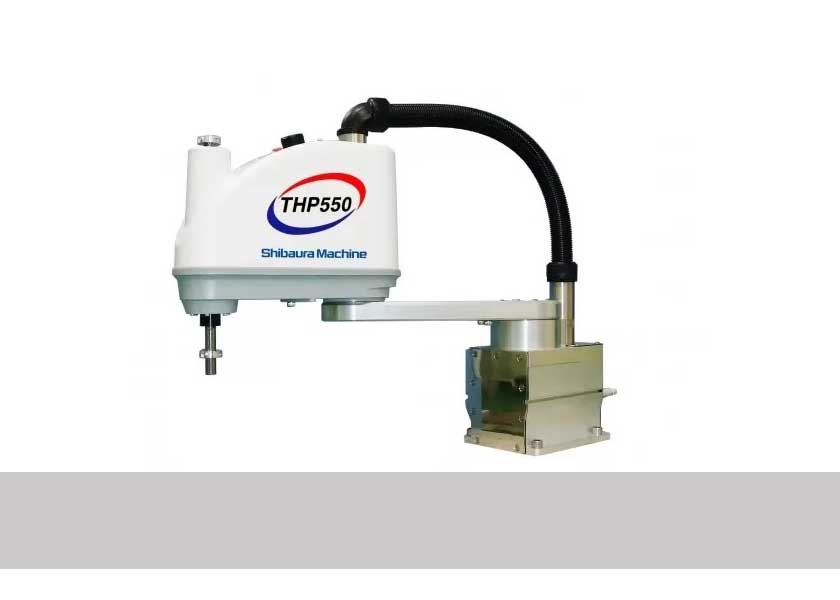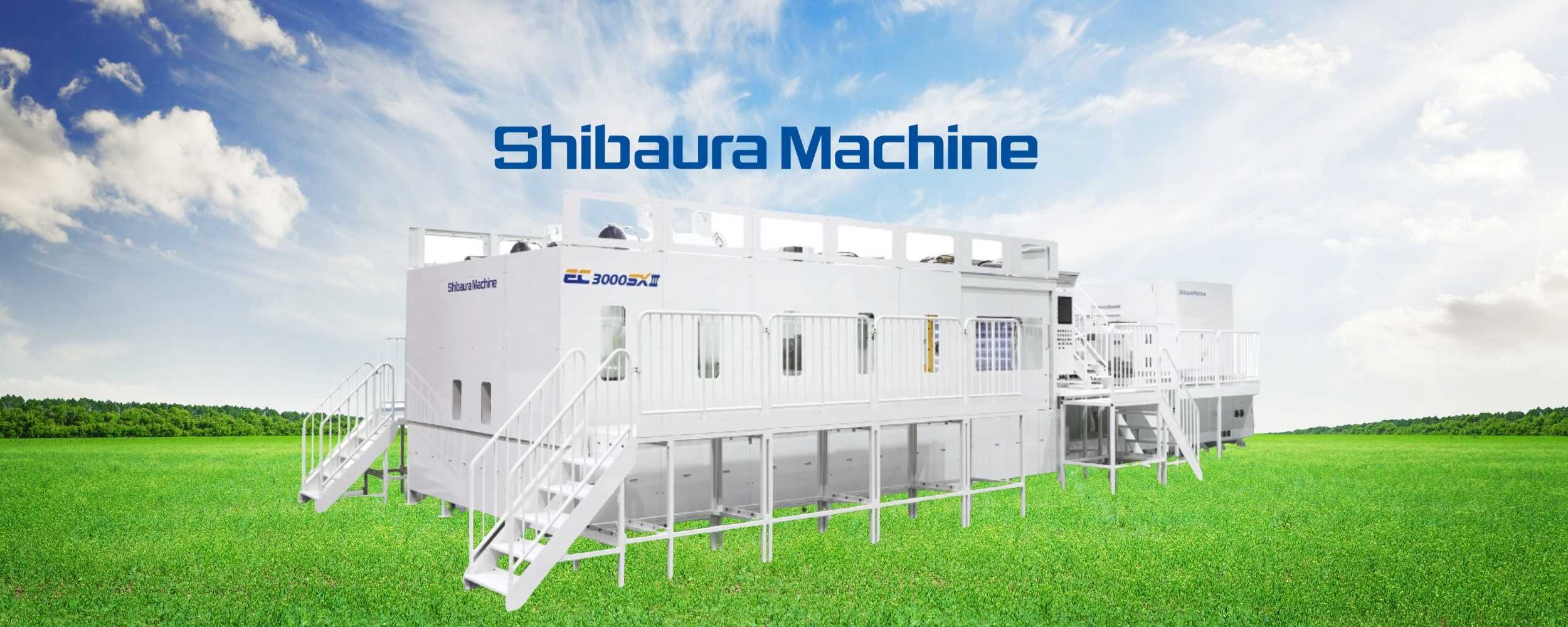Why All-Electric Injection Molding Is the Future of High-Precision Manufacturing
ELK GROVE VILLAGE, IL, September 02, 2025 -
For manufacturers dealing with tight tolerances, energy costs, and process consistency issues, all-electric injection molding machines deliver the precision control and operational advantages that traditional systems struggle to match.
When Your Process Window Won't Stay Put
You know the scenario: Customer demands high process capability on critical dimensions. Shot-to-shot weight variation needs to stay minimal. Mirror-quality surface finishes required. Your current setup is fighting you every step of the way, and you're spending more time trying to keep up than optimizing productivity.
The Control Challenge with Hydraulic Machines
- Shot Weight Consistency Issues
Check ring response variations create shot-weight fluctuations that ripple through your entire process. Temperature changes affect response timing, making cushion control difficult to stabilize consistently across shifts.
- System Interactions
Shared power sources across injection, clamping, and ejection functions create cross-talk. When clamp requirements change during pack-and-hold, injection consistency suffers. This makes independent axis optimization challenging.
- Process Drift and Limited Feedback
System/oil temperature variations shift your validated process window. What runs perfectly at startup may behave differently hours later when plant heat loads peak, forcing constant parameter adjustments. Indirect measurements through pressure transducers provide delayed information rather than actual position and velocity data, making real-time process correction difficult to achieve.
All-Electric Injection Molding: Consistent Precision Control
All-electric machines replace system variability with servo-driven precision. Every axis operates through closed-loop position control with high-resolution feedback, delivering the process stability your applications demand.
Direct Servo Control Benefits
Position-Based Process Control
Servo motors with optical encoders provide 0.00005mm position resolution. Your injection profiles execute identically every cycle because there's no fluid dynamics between command and execution.
This precision enables exceptionally tight shot weight control—critical for balanced multi-cavity tools and weight-critical applications. Programmed velocity ramps happen exactly as specified, with no response lag or pressure variations affecting your validated parameters.
Independent Axis Operation
Each machine function operates through dedicated servo drives. Clamp requirements don't affect injection consistency. Recovery speed doesn't influence pack pressure stability.
This independence enables simultaneous operations—charging during mold opening, ejection on-the-fly—that achieve 10-15% faster cycle times compared to servo-hydraulic systems.
Comprehensive Process Data and Diagnostics
Every cycle generates detailed data on injection curves, torque profiles, force variations, and timing characteristics. This information feeds into integrated diagnostic systems that provide real-time visibility into machine data-points, enabling immediate identification of process interruptions rather than lengthy troubleshooting sessions.
When something goes wrong, you get exact failure point information instead of starting a detective hunt through multiple system variables.
Inherent Thermal Stability
Complete elimination of hydraulic systems means no thermal mass affecting your process. Oil temperature effects, viscosity changes, and pump wear that typically shift process windows are eliminated entirely. Process parameters remain stable regardless of ambient conditions, operating duration, or thermal cycling throughout production runs.
Advanced Process Technology for High-Precision Manufacturing
Modern all-electric platforms integrate intelligent control functions designed specifically for demanding high-precision manufacturing applications, and they're smart enough to guide operators through optimization rather than leaving everything to experience and guesswork.
Shibaura Machine's Precision Process Technologies
Dynamic Self-Tuning (DST) Clamp Control
Automatic adjustment of clamping force based on mold temperature changes maintains consistent part quality. Tie bar sensors monitor clamping force during production and automatically adjust to maintain set tonnage without affecting cycle time.
Dynamic Self-Tuning (DST) Fill Control
Automatic tuning of the resin viscosity keeps the fill phase stable shot-to-shot. Using real-time pressure and position feedback, DST Fill holds target fill time, transfer pressure, and transfer position, protecting shot weight and critical dimensions with no cycle-time penalty.
Advanced Injection Control
The V70 controller's improved processing speed enables accurate control of high-speed servo motors during high-precision applications. Control cycles as fast as 62.5 microseconds provide minimal cushion fluctuation and superior repeatability, eliminating the variability that creates shot-to-shot inconsistencies.
Solving Common High-Precision Manufacturing Challenges
Multi-Cavity Dimensional Balance
- Challenge: Cavity-to-cavity variations create dimensional scatter that impacts process performance.
- Solution: Consistent servo control eliminates pressure variations causing cavity imbalance. Uniform injection profiles ensure balanced filling across all cavities (Natural Pack feature). Real-time monitoring detects developing issues before they affect part quality.
Material and Process Consistency
- Challenge: Material lot variations and regrind percentages create process instability.
- Solution: Advanced barrel temperature control (DST Fill) automatically adjusts to material viscosity changes. Production data demonstrates significant improvement in part weight consistency.
Maintenance and Downtime Reduction
- Challenge: Hydraulic system maintenance creates unpredictable downtime and costs.
- Solution: Complete elimination of hydraulic oil, filters, and pumps reduces maintenance requirements. Documented case studies show estimated hydraulic maintenance costs of $4,720/year compared to $910/year for all-electric systems, an annual savings of $3,810. Additionally, elimination of daily oil cleanup saves 83.25 hours annually, worth $1,665 in labor costs..
Understanding True All-Electric Technology
Not all machines marketed as "all-electric" are truly oil-free systems. Many require hydraulic oil for main functions which compromises the cleanliness and efficiency benefits you're seeking.
What Defines Genuine All-Electric Systems
- Complete Oil-Free Operation
Authentic all-electric machines like Shibaura Machine’s SXIII series use servo motors for ALL functions—injection, charge, clamping, and ejection. No hydraulic oil is required anywhere in the system. - Electric Ejector Systems
Many hybrid machines use electric servo motors for main axes but revert to hydraulic ejectors to reduce costs. True all-electric systems provide electric ejection with torque monitoring and force feedback capabilities impossible with hydraulic systems. - Infrastructure Simplification
All-electric machines eliminate cooling water systems, oil storage facilities, and associated maintenance infrastructure.
Benefits of Authentic All-Electric Design
Contamination Risk Elimination
Complete removal of hydraulic fluids eliminates contamination risks critical for medical, optical, and electronics applications. Clean room compatibility becomes straightforward rather than compromised.
Environmental Impact Reduction
30-50% annual energy savings while eliminating oil cooling requirements substantially cut operating costs. Reduced energy consumption, emissions, and waste support sustainability initiatives and ensure compliance with environmental regulations.
The Competitive Manufacturing Advantage
All-electric injection molding technology directly addresses the control limitations that prevent traditional systems from achieving consistent high-precision manufacturing. For operators responsible for meeting increasingly demanding quality requirements while controlling costs, all-electric machines provide the deterministic control, optimization capabilities, and process transparency that define modern manufacturing excellence.
The shift to all-electric represents more than equipment upgrade—it's about building smarter, more sustainable, and more profitable manufacturing operations that deliver consistent results your customers can count on.
Experience Shibaura's all-electric precision manufacturing platform at K-2025 (October, Düsseldorf). For manufacturers planning next-generation capabilities, this is your opportunity to see advanced process control in action.
References:
- Shibaura Machine. (2025). Driving Success with All-Electric Injection Molding Machines: A Productivity & Sustainability Comparison. Shibaura Machine Company, America.
- Shibaura Machine. (2025). Why Electric? All-Electric vs. Hydraulic Injection Molding Technology Comparison. Internal Technical Presentation, Shibaura Machine Company, America.
FAQ
Is every “electric” machine truly oil-free?
No. Some “hybrids” still use hydraulics for functions like ejection, which brings back thermal mass, oil handling, and contamination risk. True all-electric (e.g., SXIII) is electric on every function.
Where do the biggest savings in all-electric injection molding come from?
Energy reductions (often 50%+ depending on application), eliminated cooling and oil maintenance, faster troubleshooting from better diagnostics, and scrap reduction from steadier filling and packing.
What parts benefit most from all-electric injection molding machines?
Multi-cavity tools needing tight balance, optical/cosmetic parts, precision connectors and electronics, medical components, and engineering-resin programs with narrow process windows.
Tel: (888) 593-1616
Email: im-success@shibaura-machine.com
Want to know more about our machines?
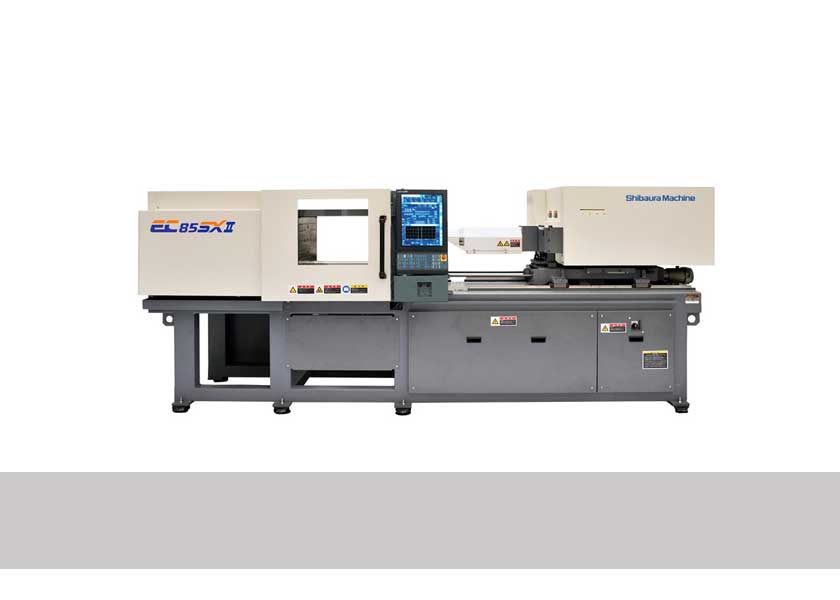
Injection Molding Machines
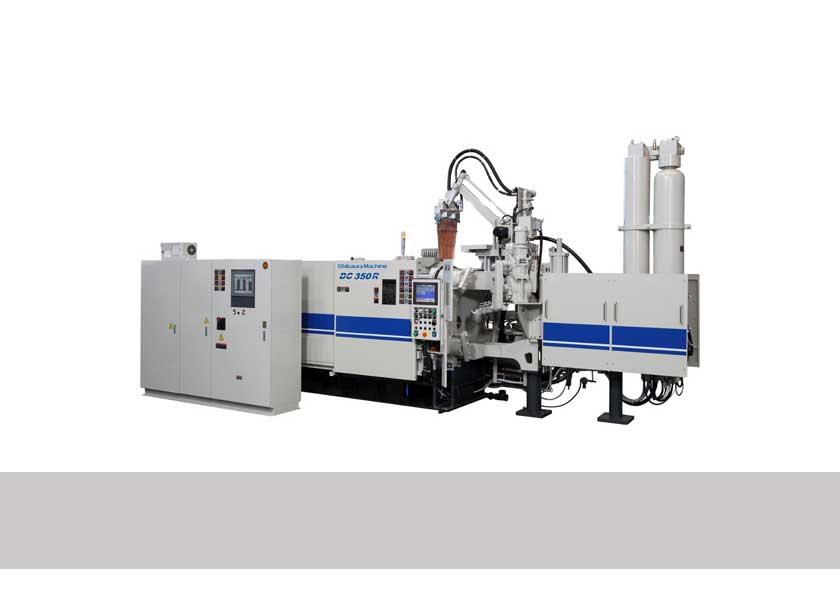
Die Casting Machines
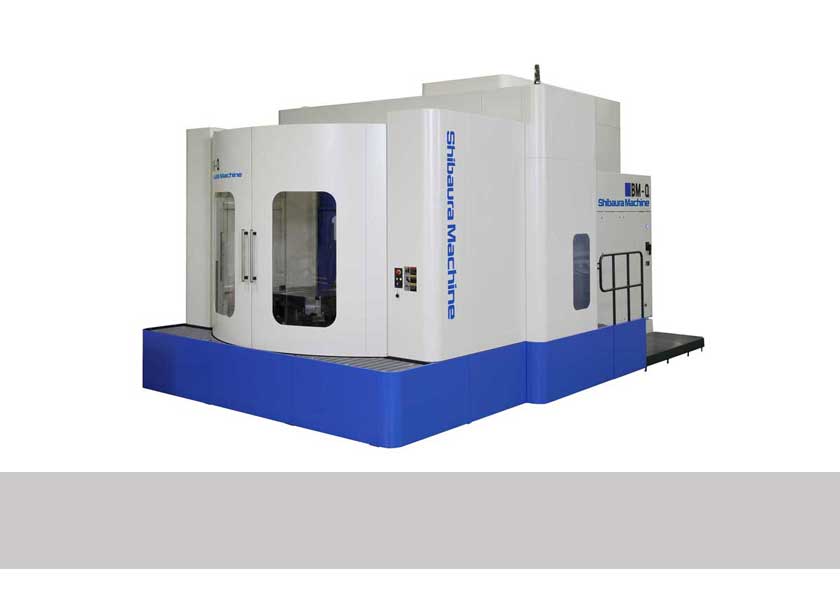
Machine Tools
